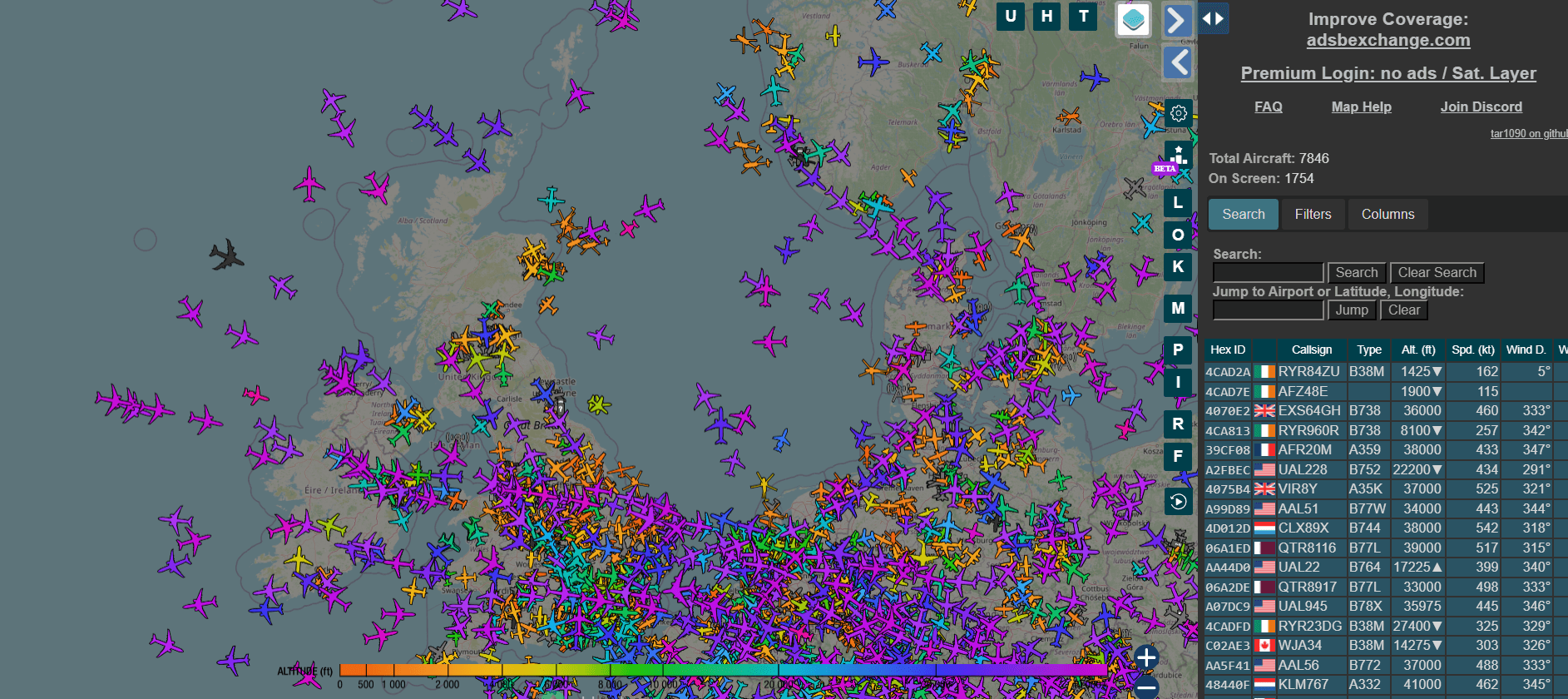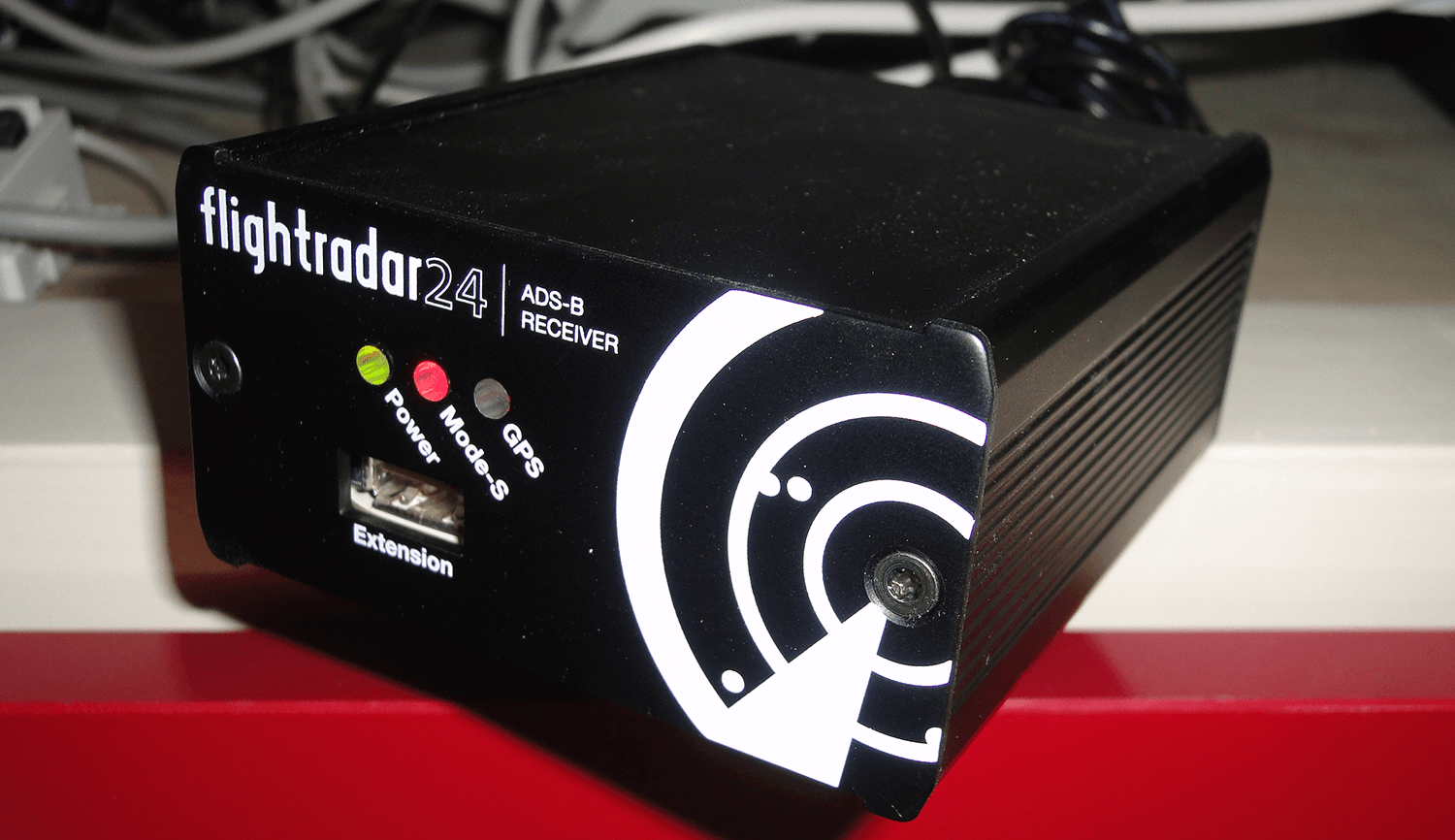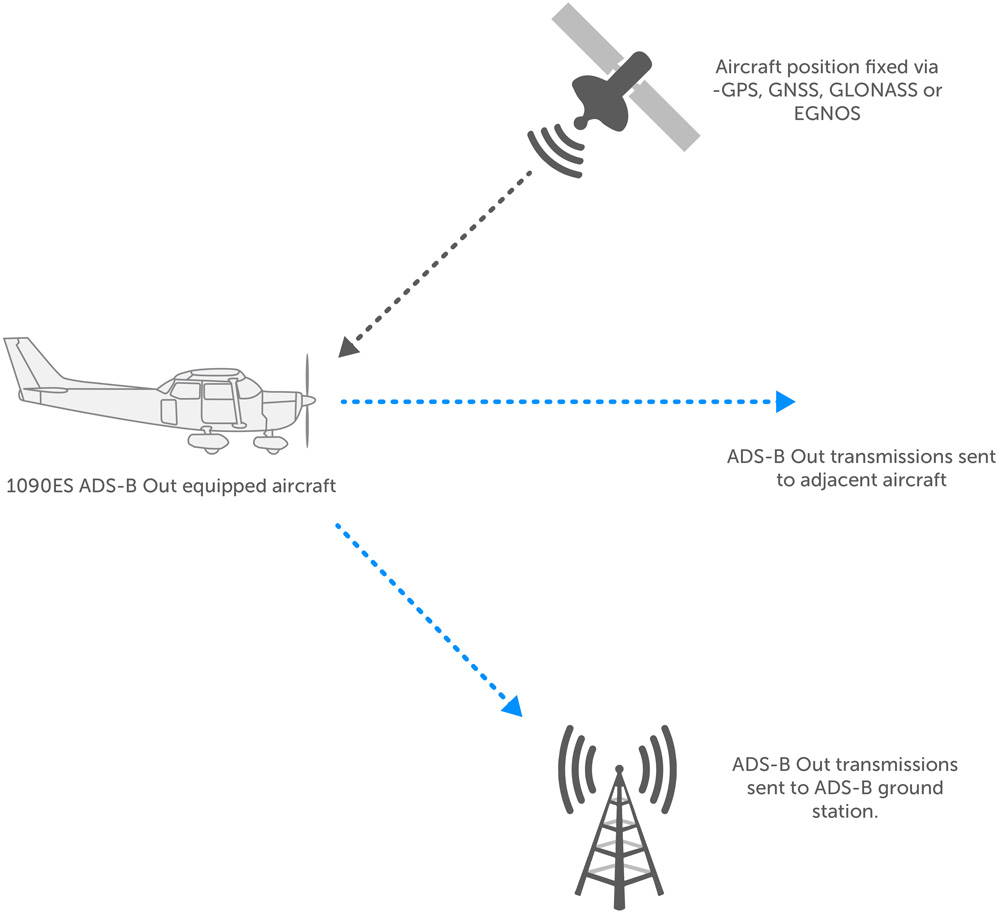ADSB Exchange: A Comprehensive Flight Surveillance Tool

What is ADS-B Exchange? The Pioneering Aviation Data Platform
ADS-B Exchange is a unique platform founded in 2016 by Dan Streufert, an IT professional and aviation enthusiast. The service offers a comprehensive real-time overview of aerial movements by aggregating data from aircraft’s ADS-B transponders, which are collected through a global network of receivers operated by aviation enthusiasts. This crowdsourced data provides insights not only to hobbyists but also to various industries such as aerospace, defence, and academic research.
The platform initially catered primarily to aviation hobbyists, delivering an unfiltered view of global air traffic. This dedication to providing transparent and uncensored data quickly garnered a substantial following among aviation enthusiasts worldwide. ADSB Exchange differentiates itself by maintaining this approach, even as it extends its reach and capabilities.
In early 2023, ADS-B Exchange was acquired by JETNET, a prominent provider of aviation market intelligence. This acquisition marks a significant step in JETNET’s strategy to enhance its offerings with real-time data, tapping into ADS-B Exchange’s extensive network that processes around 750,000 messages per second from across the globe. This merger allows JETNET to broaden its services, encompassing more comprehensive data solutions that cater to a wider array of aviation-related activities including Maintenance, Repair, Overhaul (MRO), airport operations, and aircraft leasing.
Despite the acquisition, ADS-B Exchange remains committed to its original mission of offering an authentic and comprehensive perspective on aerial movements, proving valuable to both enthusiasts and commercial customers across various sectors. The collaboration with JETNET aims to preserve the essence of ADS-B Exchange while providing the resources needed for expansion and enhanced service delivery. This partnership reflects a shared goal of fostering a well-informed community and industry, driven by accurate and timely aviation data.
The Definition of ADSB
Automatic Dependent Surveillance–Broadcast (ADS-B) is an advanced air traffic control technology that enhances aviation safety and efficiency by using satellite navigation to determine and broadcast an aircraft’s position. Operating on a frequency of 1090 MHz, ADS-B covers distances up to 370 km, which increases at higher altitudes.
By 2020, the US and Europe required ADS-B for aircraft meeting specific size and speed criteria.
Platforms like ADS Exchange expand the utility of this technology by collecting data from over 10,000 global receivers. This data is displayed in real-time for aviation enthusiasts and provided as raw-data products for professional use, offering an expansive view of air traffic movements worldwide.

How ADSBexchange Operates
ADSB tracker operates using a collaborative model where volunteers worldwide contribute data. To participate, individuals need to set up a flight data collection station consisting of a Raspberry Pi, an SDI, and an antenna. These components, which typically cost between $100 and $200, can be acquired from general electronics vendors like Amazon and eBay or directly from the ADSB Exchange store.
The backbone of ADSB Exchange’s tracking capabilities is the Automatic Dependent Surveillance (ADS) technology, installed in most modern aircraft. This system transmits crucial flight information such as flight number, timestamp, speed, and aircraft type to the ADS-B receiver every second. These receivers, stationed up to 200 nautical miles away, process and display this data graphically on the ADSB Exchange platform.
Furthermore, ADS B technology improves upon traditional ADS by utilising precise on-board navigation systems (like GPS) to determine an aircraft’s position. This position, along with other data such as altitude and identification, is then broadcast to ground control and other aircraft in the vicinity using radio data transmission. This not only provides air traffic controllers with a more accurate representation of the airspace but also enhances safety by enabling real-time, non-directional data sharing among all participants within the reception area.
Advancements in Air Traffic Surveillance Technology
ADS B tracker is poised to replace radar as the primary method for controlling aircraft globally. In the UK, it’s a vital component of the strategy for upgrading aviation infrastructure. This technology enhances safety by providing real-time visibility to air traffic control and other equipped aircraft. It also offers free access to weather information and post-flight analysis.
ADS-B flight tracker has two functions: “ADS-B Out,” where aircraft broadcast their information, and “ADS-B In,” where aircraft receive and process transmitted data.

To implement ADS-B Out, aircraft need a GPS receiver and a datalink. Different types of datalinks operate at 1090 MHz or 978 MHz. Aircraft operating below 18,000 feet are encouraged to use the 978 MHz link to reduce congestion. Compliance involves installing or modifying transponders and ensuring a certified GPS source.
How to Set Up ADSB Flight Tracker
To contribute flight data to ADSB radar, follow these steps to set up your equipment:
Remember, contributing data to ADSB Exchange improves data accuracy and tracking capabilities. For optimal tracking, the platform requires data from at least four devices to track an aircraft effectively.
Benefits of ADS-B Technology
ADS-B technology offers numerous advantages for both pilots and air traffic control, significantly enhancing safety and efficiency in aviation operations.
ADSB Exchange App
The ADSBexchange app offers a streamlined way to view unfiltered flight data on iOS devices. Users can access the full desktop version features on their mobile through a web app, which optimizes viewing space by minimizing browser interface clutter. Key features include the ability to list and filter aircraft, view ground traffic, and add various overlays like satellite views and ownership details. Installation is straightforward: add the site to the home screen from Safari, adjust icon/text size as preferred, and utilize additional options like site position and range rings.


